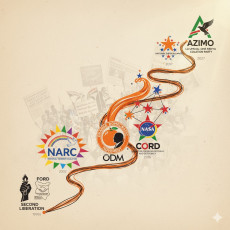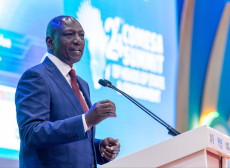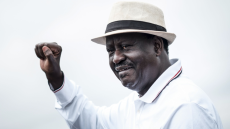- Breaking away from the US dollar and establishing one's currency as the dominant currency in international trade is extremely difficult for any country.
Kenya's president William Ruto recently urged African countries to abandon the use of the US dollar for intercontinental trade, calling upon them to adopt pan-African payments.
According to him, the African Export-Import Bank (Afreximbank) has established a framework that allows traders on the African continent to conduct business in their respective local currencies.
Aside from President Ruto, several African presidents have attempted to fight the dominance of the US currency in their respective economies
Among the most notable examples are:
1. Ghana's Kwame Nkrumah
As president of Ghana from 1957 to 1966, Nkrumah attempted to promote the use of the African currency, the Ghanaian cedi, in international trade. His attempts, however, were futile, and the cedi finally lost value and was replaced by the US dollar.
2. Idi Amin of Uganda
Amin, Uganda's president from 1971 to 1979, likewise attempted to encourage the use of the Ugandan shilling in foreign trade. His attempts, however, were similarly futile, and the shilling finally lost value and was replaced by the US dollar.
3. Thomas Sankara of Burkina Faso
During his presidency from 1983 to 1987, Sankara attempted to minimize the country's reliance on the US dollar by nationalizing the country's banks and currency. His efforts, however, were cut short by his assassination in 1987.
4. Muammar Gaddafi of Libya
Gaddafi, Libya's president from 1969 to 2011, attempted to establish the dinar as a pan-African currency. His efforts, however, were futile, and the dinar was never widely embraced.
These are only a few examples of African presidents who have attempted to challenge the US dollar's dominance. In every case, their attempts were futile. There are several reasons, including that the US dollar is the world's reserve currency. International commerce uses the US dollar.
Furthermore, the US government has a variety of measures at its disposal to preserve the dollar's value, including interest rates and currency interventions. As a result, breaking away from the US dollar and establishing one's currency as the dominant currency in international trade is extremely difficult for any country.












